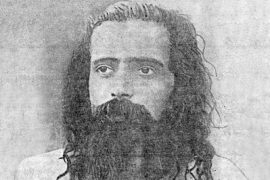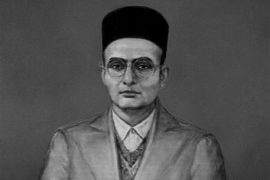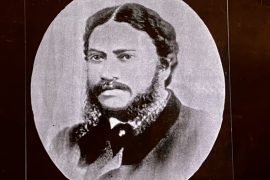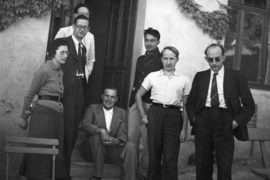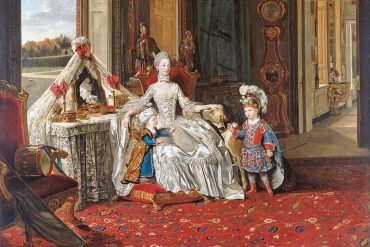Mughal emperors don’t take kindly to defeat. Jahangir, the eldest son of Akbar, was so humiliated by one such foe that he commissioned a painting of him. In it, the emperor whose name means ‘conqueror of the world’ is seen on a globe firing an arrow at point blank range against the impaled head of a black slave-turned-regent.
It was the closest he’d ever get to defeating the Ethiopian who had beaten both him and his father Akbar in numerous battles, halting the Mughal advance into the Deccan. Malik Ambar was a former slave from Ethiopia, who broke the odds to become Prime Minister of the Ahmadnagar Sultanate – an empire that spanned much of modern day Maharashtra and Madhya Pradesh. His life tells the tale of slaves who were brought to India only to later cast off their shackles and take up the reins of power.
Malik was born under the name ‘Chapu’ in 1548 A.D. in Harar, Ethiopia (then known as Abyssinia). At the time, Abyssinia traded slaves for textiles from India – a trade that saw thousands leave Africa forever to settle in the sub-continent. It is not known under what circumstances Malik was made a slave, only that he was sold several times – one Dutch record states him as being sold from a Red Sea port for the price of eighty Dutch guilders.
Ultimately, he ended up in Baghdad where he converted to Islam and met the merchant Kazi Hussein. Kazi recognized the boy’s intelligence and gave him a surname – Ambar. He passed away, leaving Malik to be sold again, this time traveling by Dhow to the Deccan.
Copyright©Madras Courier, All Rights Reserved. You may share using our article tools. Please don't cut articles from madrascourier.com and redistribute by email, post to the web, mobile phone or social media.Please send in your feed back and comments to [email protected]


